War Remnants Museum
Description
The War Remnants Museum is a museum of thematic research, collection, storage, preservation, and display of the materials, photographs, and artifacts on the evidence of the crime and the consequences of the war that the invasion force has caused to Vietnam. It is part of the Vietnam museum system and is close to the Museum for World Peace, a member of the World Council of Museums (ICOM). More than 1,500 documents, artifacts, and films have been often used to introduce eight thematic exhibitions from the museum’s collection of more than 20,000 documents, exhibits, and films. The Museum has hosted over 15 million domestic and international visitors in its 35-year history.
With almost 500,000 visitors yearly, the War Remnants Museum is currently one of the most well-liked museums in Vietnam. About two-thirds of these, in the museum’s estimation, are foreigners.
Exhibits Of War Remnants Museum
The museum consists of numerous themed rooms spread across different buildings, and a walled yard houses historical military relics. A UH-1 “Huey” helicopter, an F-5A fighter, a BLU-82 “Daisy Cutter” bomb, an M48 Patton tank, an A-1 Skyraider attack bomber, and an A-37 Dragonfly assault bomber are among the military apparatus used. Unexploded ordnance that has had its charges and/or fuses removed is scattered throughout a corner of the yard.
In one structure, political prisoners were housed in “tiger cages” by the South Vietnamese government. The impacts of Agent Orange and other chemical defoliant sprays, the use of napalm and phosphorus bombs, and war atrocities like the My Lai massacre are some of the topics covered in other exhibitions, which also include graphic imagery and a brief text in English, Vietnamese, and Japanese. Photographs by Vietnam War photojournalist Bunyo Ishikawa that he contributed to the museum in 1998 are included in the photographic exhibit. A guillotine that was last used to kill captives by the French and South Vietnamese in 1960 as well as three jars of preserved human embryos with deformities brought on by exposure to the dioxins and dioxin-like chemicals present in the defoliant Agent Orange are among the oddities.
Visitors to the museum can see both ongoing and one-time exhibits covering the period from the start of the First Indochina War in 1946 to the end of the Vietnam War in 1975.
Agent Orange in Vietnam and Vietnam Rose After the War are two previous short-term exhibitions that took place in a first-floor side room that frequently hosts rotating photographic exhibits. In keeping with the museum’s direction since the mid-1990s, Agent Orange: Messages from the Heart, a collection of photographs portraying living war survivors, signified a change from the museum’s aggressive tone towards a more reconciliatory one from fall 2014 to spring 2015.
First Floor
The ticket office, gallery exhibitions, and the display space for the Vietnam resistance are all located on the first level. Tiger cages are one of the main attractions on the first floor.
The War Remnants Museum in this location is divided between an indoor and outdoor display space. The area where US military equipment and weapons are shown is directly outside the entryway. They consist of jets, scout planes, planes with landing gear, tanks, artillery, bombs, and mines.
Over 15,000 artifacts, dramatic images, and countless hardware documentary videos chronicling the two phases of resistance against the French and US armies are on display indoors. Documentary photos from the conflict, such as those showing the wholesale murder of civilians, the horrors of battle, the deadly chemicals sprayed in South Vietnamese neighborhoods, and the carpet bombing of the North, are powerful and moved the audience to tears.
A unique gallery is called the Recalling Room. A lot of people frequent this gallery, especially people from other countries. This Recalling Room was written by two authors, one of whom is British and the other German, with the intention of remembering their friends.
Two images let viewers grasp the will and moral force behind the Vietnamese resistance struggle against the United States. When the Americans fought the Vietnam War, they employed extremely sophisticated military equipment, such as airplanes.
When assisting the South Vietnamese army on the battlefield, the Vietnamese army in the North had to walk, and the weaponry were relatively simple. The captured images demonstrate that the Vietnamese fighter army prevailed despite having subpar weaponry.
Second and Third Floor
The White Dove Room, a collection of kid-made paintings, is located on the museum’s second floor. It is a place where children’s drawings with various themes, such as love of the motherland, the country, grandparents, and parents, are displayed.
Every image conveys very simplistic propaganda. You are free to attend school and work at your preferred jobs in a peaceful nation. Along with the depressing images of the conflict, the lively and innocent children’s paintings let visitors understand the suffering and loss of the war as well as the Vietnamese people’s historical aspiration for peace.
Foreigners account for 70% of the visitors. They came here to gain knowledge about the Vietnam War. They are particularly interested in learning more about the sacrifices and losses that the Vietnamese people cannot recoup. Visitors generally exhibit emotion and empathy. Numerous diaries that document visitors’ emotions are also priceless and significant objects at the Museum.
History Of War Remnants Museum
On September 4, 1975, they opened this museum to house the artifacts of American war crimes. They changed its name to “Exhibition of War Crimes and Atrocities” on November 10, 1990. They changed the name of the museum to what it is now on July 4, 1995, one week before US President Bill Clinton announced the opening of diplomatic relations with Vietnam.
The site of the War Remnants Museum was where the Khai Tuong pagoda was constructed during the Nguyen Dynasty. The French authorities had already destroyed the temple to make room for a mansion by the time the French developed their plan.
After that, this location was used as a gynecological hospital, law office, etc. This location only became a museum after 1975, when the nation was freed from American imperial control. It keeps track of a variety of historical occurrences, American war remnants, and exhibits of invasion-era relics.
There are galleries on the Spratly Islands problem, the war to secure the northern border, and the alliance of hostile forces. The museum contains shops outside that show and describe goods from Vietnamese ethnic culture, as well as Vietnam water puppet rooms.
How To Get To War Remnants Museum
Bus
You can select route number 14 if departing from Eastern Bus Station. In the Cho Lon bus station, choose routes 28 and 06 if you’re coming from Ben Thanh Market.
Motorbikes and cars
From Ben Thanh market in District 1 of Ho Chi Minh City, take Le Lai street to Truong Dinh street. Continue straight until you reach Nguyen Thi Minh Khai street, then turn left onto Le Quy Don street.
Visitors should turn left from Le Quy Don street to go to the War Remnants Museum on Vo Van Tan street in District 3.
Taxis
There are numerous taxi lines for tourists in Saigon, including Mai Linh, Vinasun, Hoang Long, Savico, Vina Taxi, etc. Rates are VND 13,000 – 16,000/km.
Tourist cars
If you want to go swiftly and easily, you should take a high-quality tourist car on a half-day Saigon trip offered by numerous tourism firms.
Gallery / Photos
Working Hours
- Monday 7:30 AM - 5:30 PM
- Tuesday 7:30 AM - 5:30 PM
- Wednesday 7:30 AM - 5:30 PM
- Thursday 7:30 AM - 5:30 PM
- Friday 7:30 AM - 5:30 PM
- Saturday 7:30 AM - 5:30 PM
- Sunday 7:30 AM - 5:30 PM
Location / Contacts
- Address : 28 Vo Van Tan Ward 6, District 3, Ho Chi Minh City 700000 Vietnam
- Phone : +842839305587
- Mail : info@warremnantsmuseum.com

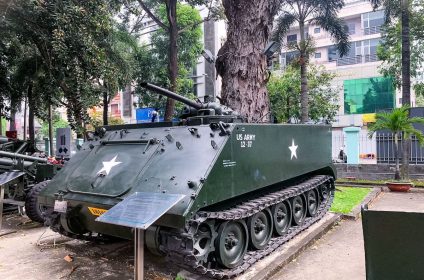
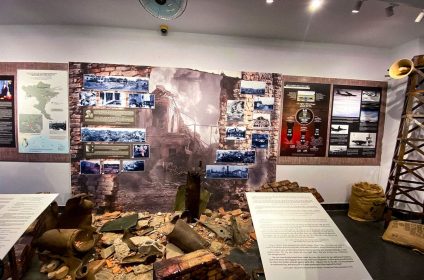
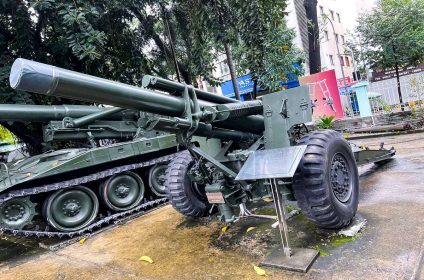
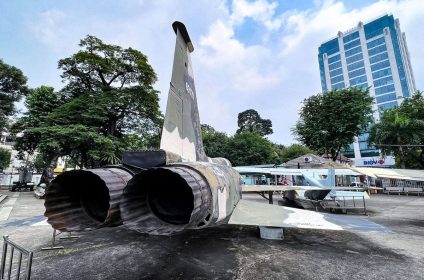
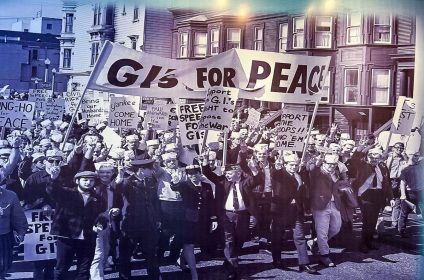
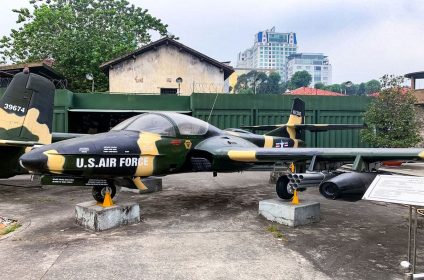
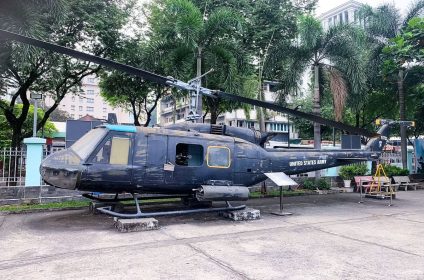
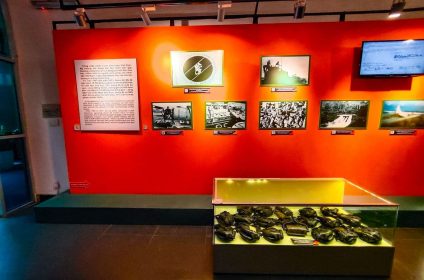
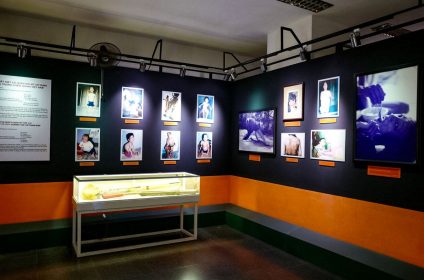
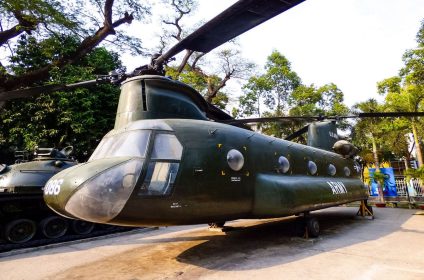
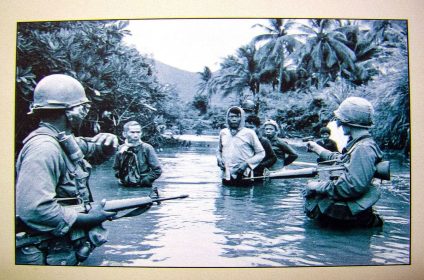
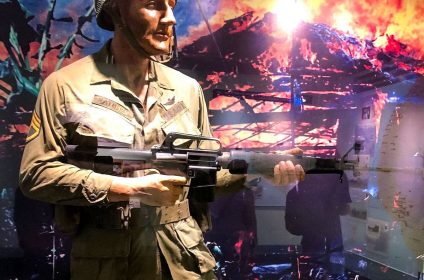
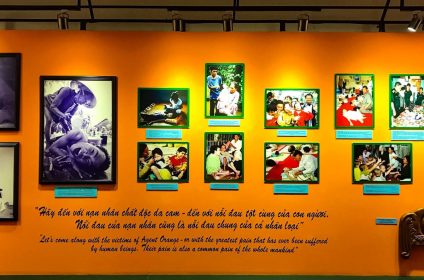
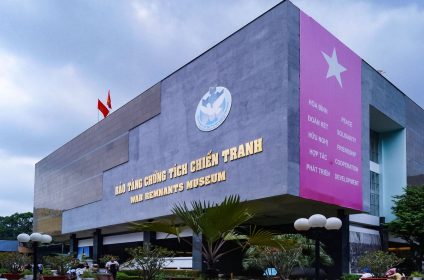
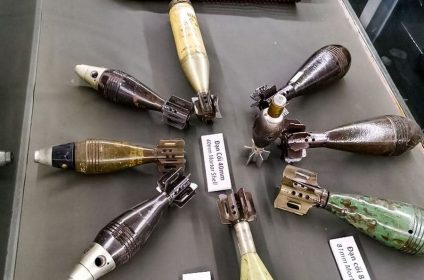
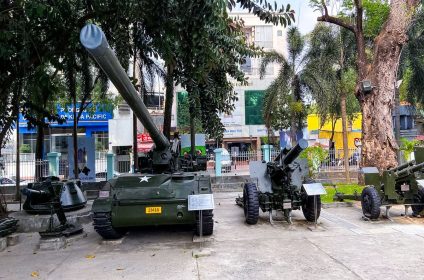
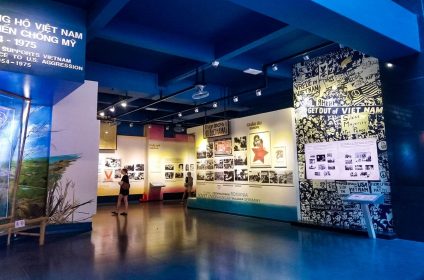
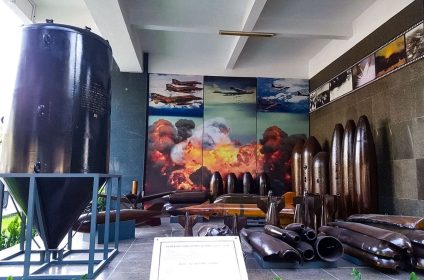
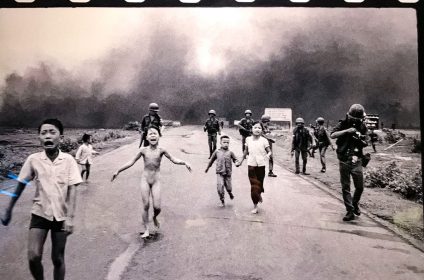
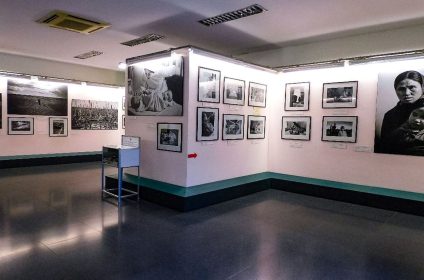

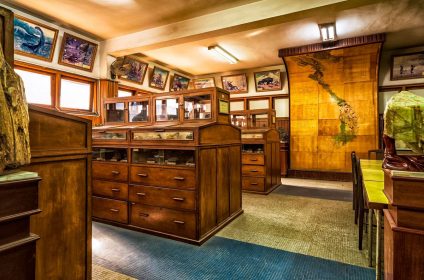

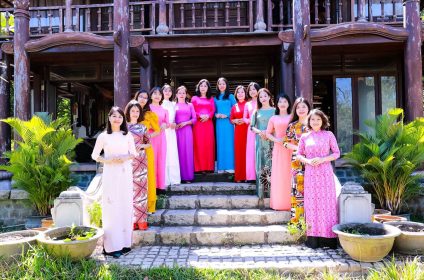
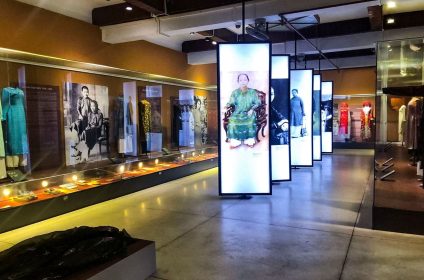










Add Review